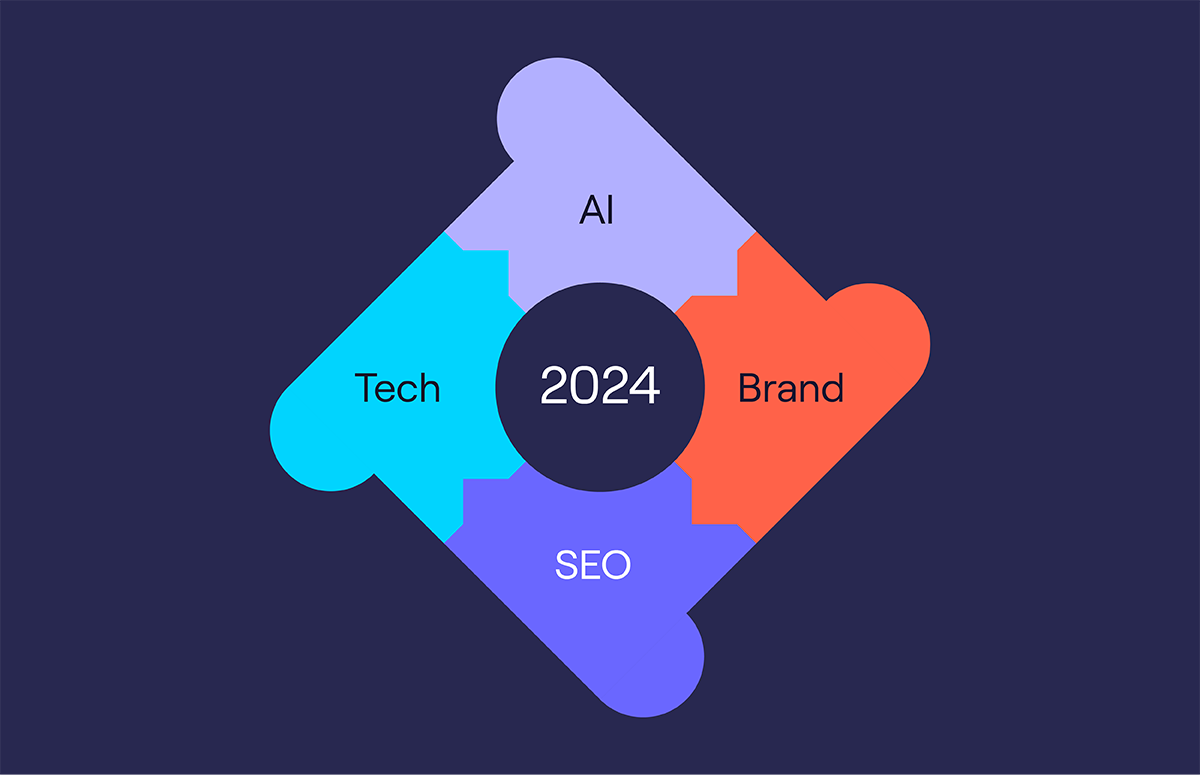The Problem With E-Blasts
If you’re reading this, you’re probably familiar (and sick of) e-blasts.
If you’re not, here’s a quick description:
An email blast, or e-blast, is a standardised email sent out to a large list of recipients, with no personalisation. Often, these are sent to a third party’s email list, or a lead list from a lead list provider, as a means of reaching a new audience.
And yes, sending them is exactly as boring as it sounds.
In this article, we’re going to tell you the problem with e-blasts, explain why people are still sending them, and reveal the path away from B2B boredom.
Feel free to scroll through, or pick an item from the side menu. 👈
The problem with e-blasts
Do you remember playing that game when you were a kid? The one where you’d knock on a stranger’s door and run away?
Looking back, it doesn’t feel great, does it?
Sending an email to a huge list of people who haven’t heard of you feels a little bit similar. You're knocking on the doors of people who, more often than not, have no interest in your product.
The fact that it’s so un-targeted and impersonal makes it an invasive form of marketing.
And it’s not even easy! You have to write and design an HTML email, export the HTML file, and then forward onto a third party. More often than not, something is wrong with the file, so you have to go back and forth with the third party to sort it out. All to get the email addresses of uninterested people.
But that’s not the biggest issue (if we’re being completely honest).
The biggest issue for us is that it’s boring, and we’re creative marketers!
We got into this job because we like coming up with creative campaign ideas, writing fun copy, and experimenting with innovative techniques.
We didn’t get into this job to create uniform messaging and shove it into the face of anyone we can find.
So why are people still sending e-blasts?
Because there’s currently an issue in B2B marketing.
This is the era of lead generation. Teams are optimising for lead generation and forgetting about the customer experience. Which is surely the most important thing of all… Isn’t it!
Not at the moment, because marketers keep telling themselves the same lies:
The closer we can get to our MQL target, the better we’re doing.
The most important thing a campaign can be, is measurable.
If we can provide sales with X number of leads, regardless of the quality, they should be able to provide the revenue.
It’s nonsense!
Thankfully, the path away from B2B boredom is now visible.
Companies can leave boring lead generation tasks in the past, with advanced sales intelligence software.
What does this mean for marketers?
More time to do tasks they actually enjoy, and less pressure to reach an arbitrary MQL target.
Keep reading below for more ideas. 💡
What you could be doing instead
We’re not suggesting that you depend entirely on sales intelligence software and use all of this new time to take ballet lessons… Even though that doesn’t sound too bad…
Use this new time to get creative, and find new ways to engage your audience. Find ways of marketing that’ll distinguish your company from your competitors. Stand out, and provide your prospects with a better experience.
Run campaigns that generate demand
If you’re not using e-blasts to optimise for reach above everything, you can start to focus on the customer journey. Generating demand rather than contact information.
Ask yourself, how could I help my audience? What could we do to provide value and establish ourselves as a helpful brand?
A great example of this is the Cognism TAM calculator. We created a tool people can use, free and ungated, to calculate the size of their total addressable market. We don’t come out of this campaign with email addresses, but we give our audience a positive experience, and demonstrate expertise in our market.
Sounds good right, but ultimately, what’s the difference for you?
You’ll end up with a shorter list of leads, who are interested in your product. That’s a list that’ll make your sales team happy.
Press play for tips on how to build a demand gen machine from the ground up. ▶️
Influence dark social
After you’ve tossed out the e-blast, how can you market in a less intrusive way?
Become active in the same spaces as your audience. The benefit of this is twofold:
- You’ll learn what your audience actually wants, just by being involved in the same conversations as them. It’s amazing how misled marketing teams can get when they tumble down the MQL rabbit hole.
- You’ll be able to provide value to your audience directly, in the places where they want to hang out, rather than ambushing them in their inbox. Just make sure you’re not trying to sell your product. People can easily spot the difference between generous helpers and crafty salespeople.
This, along with the other demand generation tactics you deploy, will have a ripple effect. People will start having conversations about your product in the places you can’t measure. This is the dark funnel.
High quality inbounds are right around the corner.
Want to know more? Listen below to Ryan Reisert talking to Carl Ferreira, Director of Sales at Refine Labs about the dark social, what it is, splitting the funnel and more. ⬇️
Make use of matched audiences
With matched audiences, the most important rule is this: garbage in, garbage out.
If you start with low quality leads from a lead list provider, you’ll end up with a low quality matched audience.
If you have a high-quality seed list, which you can get from a sales intelligence platform like Cognism, you’ll get interesting matched audiences based on intent data (if your sales intelligence platform provides it).
LinkedIn and Facebook both offer really interesting matched audience capabilities. You’ll be able to create an ad campaign that reaches relevant audiences.
Just focus on providing value. Give away useful content, show off relevant social proof, and, where suitable, demonstrate the power of your product.
Fuel email campaigns with intent data
Just because we don’t like e-blasts, it doesn’t mean we have a problem with email marketing.
In fact, we love email marketing.
We love email marketing when we get to come up with creative messaging, fun themes, and clever segmentation.
We’re able to ensure our email campaigns are relevant and timely because they’re based on intent data.
When investing in a sales intelligence platform, keep an eye out for B2B intent data, it’s the best way to ensure your campaigns are reaching prospects who are currently in the market for a solution like yours.
Move on from e-blasts
So, what’s the first step?
Get lead gen taken care of so you can focus on the interesting stuff.
B2B marketing isn’t boring, but the tasks you’re involved in might be.
Sales intelligence could be the answer.
You can find a list of our favourite sales intelligence platforms here.
Or, you can head straight for the best. Talk to a Cognism expert today.



